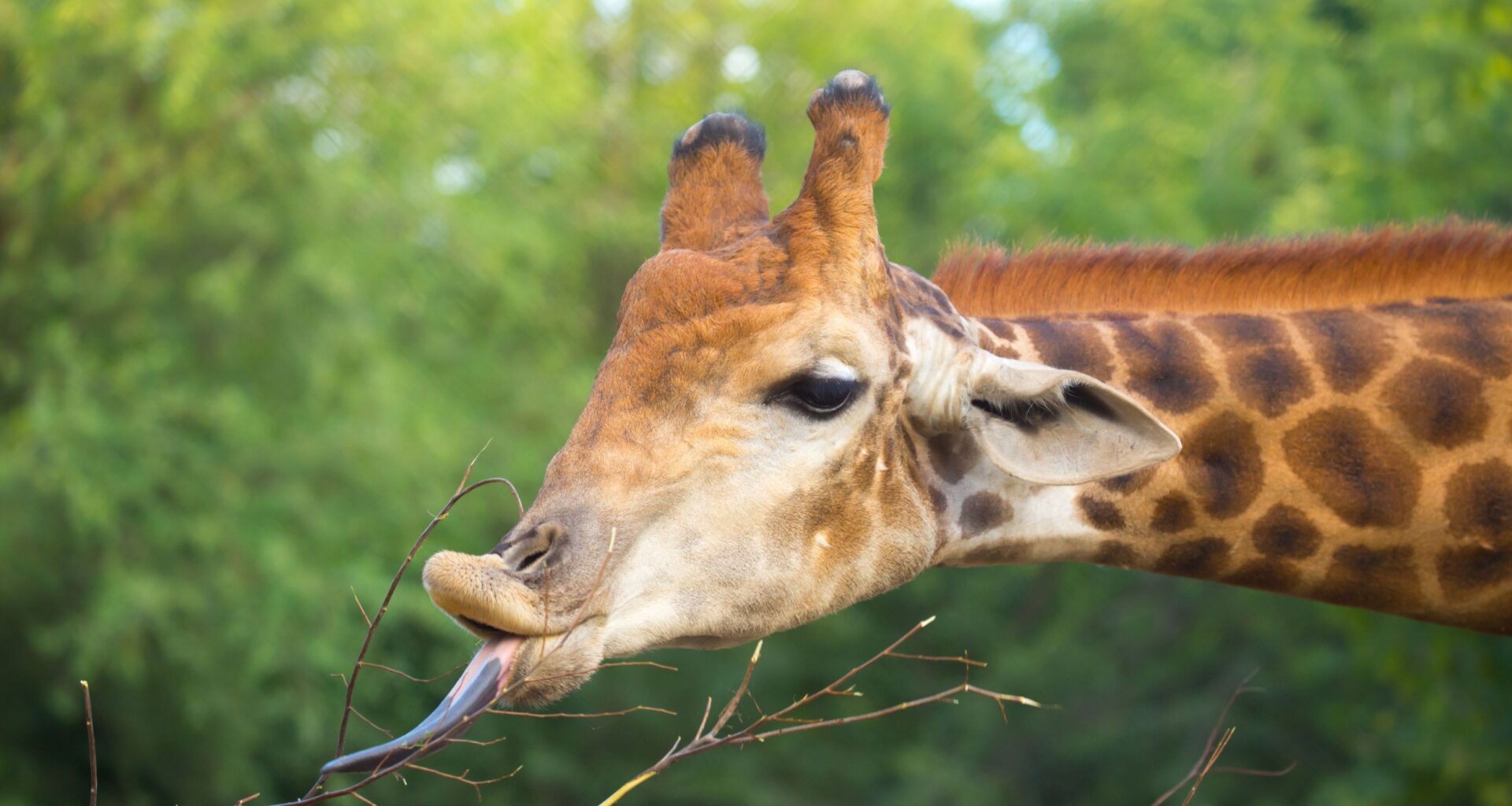In Namibia’s Etosha National Park, scientists have shown how location, sex, and anatomy all shape the gut microbes of elephants, giraffes, zebras, and other plant-eating wildlife.
The work, led by researchers at North Carolina State University and Northern Michigan University, turns a sprawling landscape into a living laboratory.
Crucially, the study establishes a pre-wildfire baseline that could guide recovery efforts as the park recovers from recent, devastating burns.
“Etosha gave us the opportunity to sample such a large number of species under different environmental conditions,” said Erin McKenney, an assistant professor of applied ecology at NC State.
“That gives us meaningful insight into the role the environment plays in shaping the gut microbiome of herbivores.”
With fires now reshaping forage across the park, she added, the team’s snapshot “could inform recovery efforts by helping us understand how species’ microbiomes are adjusting to changes in diet.”
Tracking gut life by rainfall zone
Etosha’s vast savanna is not uniform. The team divided the park into three zones based on long-term rainfall – a clear way to capture differences in plant diversity and abundance.
Nine of the eleven focal species – from African elephants and Angolan giraffes to wildebeest, plains and mountain zebras, springbok, impala, and other antelopes – roam all three zones.
That overlap allowed the researchers to ask a simple but powerful question: when the environment changes, do the microbes change with it?
Field teams collected 312 fresh fecal samples across the species. They then used DNA extraction and sequencing to identify the bacteria present. The result is one of the highest-resolution, multi-species gut microbiome datasets assembled from a wild African ecosystem.
“We ended up with 312 fecal samples across the 11 species, which gave us a wealth of microbiome data,” said first author Rylee Jensen. “Our analysis gave us a deeper understanding of the variables that can influence these microbial ecosystems.”
Microbes mirror the changing land
The clearest signal came from the land itself. Five bacterial groups behaved like “environmental indicators,” shifting in predictable ways from one rainfall zone to the next.
These microbes in wildlife specialize in breaking down lipids, fermenting tough plant fibers into short-chain fatty acids, or both. These are the metabolic jobs that matter when forage quality and composition change with climate and plant communities.
“Environmental indicators could be key for helping us monitor environmental changes and how animal species are adapting,” Jensen said.
McKenney noted that camels had previously shown the same phylum as one of those indicators. It’s an intriguing echo across distant lineages that points to a robust microbial response wherever water is scarce.
If drought intensifies with climate change, tracking the rise or fall of these microbes could offer an early warning for nutritional stress in wildlife.
Elephants host rare gut microbes
Species identity still matters. Elephants stood out with two “core” microbes that were rare or absent in the other herbivores. In total, the team identified 22 core bacterial types across the community. Twenty were shared among multiple species. Only elephants hosted the two unique core taxa.
“This is likely due to the fact that elephants eat a wider variety of plant materials than the other species,” Jensen said.
Their eclectic, high-throughput diet may select for gut partners that are uncommon in narrower feeders. It’s a reminder that feeding behavior and landscape use intersect to shape the microbiome, even among mammals that all eat plants.
Bodies and behavior shape microbes
The dataset also captured differences linked to biological sex and gut morphology. Ruminants like antelopes and wildebeest carry multi-chambered stomachs that specialize in fermenting fiber. By contrast, zebras and elephants rely more on hindgut fermentation.
Those anatomical distinctions leave microbial footprints. Layer on sex-based differences in behavior and physiology – territory, movement, reproductive state – and the microbiome shifts again.
None of these effects overwhelmed the environmental signal, but together they sketch a richer, more realistic map of variation in the wild.
Tracking wildlife health through microbes
Gut microbes do more than digest food. They help harvest energy, synthesize vitamins, train the immune system, and neutralize toxins. These functions can decide whether animals stay resilient or decline when forage quality drops or drought sets in.
With Etosha now facing extensive wildfire damage, the pre-fire baseline the team established becomes a yardstick for recovery. If post-fire diets become woodier or less diverse, do fiber-fermenting microbes surge? Do indicator taxa linked to dryness become dominant?
Managers could track those shifts to gauge when and where supplemental water, firebreaks, or grazing relief might be most effective.
“This is a level of detail and data quality that is often only achieved under captive or clinical conditions,” McKenney said. “And we’ve essentially established a baseline that can be used to help us understand any changes we see in these species in this region.”
A living archive of wildlife microbes
Because researchers didn’t handle the animals, they used fecal samples as a stand-in for gut biopsies. Sequencing bacterial DNA from the droppings reveals the community composition upstream in the intestines.
By standardizing collection across species and zones and sampling widely, the team ensured strong consistency. With 312 samples – a large number for field microbiome work – they had the statistical power to separate environmental effects from species and sex.
The payoff is a dataset that can be re-queried as conditions change. If future fires, droughts, or management shifts alter plant communities, the same methods can quickly test whether gut ecosystems follow suit.
That feedback loop is especially valuable for wide-ranging herbivores that act as keystone engineers of their ecosystems. Changes to their digestive partners ripple outward through nutrient cycling, seed dispersal, and vegetation structure.
Tiny allies shaping a new savanna
The researchers plan to revisit the same zones as the landscape recovers, watching how indicator microbes track rainfall and forage. In addition, they plan to investigate whether elephants retain their unique core taxa as diets shift.
Because gut microbes are responsive on days-to-weeks timescales, managers could, in principle, use them as near-real-time diagnostics for wildlife health.
“We’re excited about this work, in part, because we were able to collect high-quality samples from species in a region that had not previously been sampled for gut microbiome studies,” said Diana Lafferty, an associate professor of biology at Northern Michigan University.
“That’s particularly important given the critical role that many of these species play in these ecosystems and the critical role gut microbiomes play in animal health.”
In Etosha, grass shoots, acacia sprouts, and microscopic partners will write the story of survival after fire. These tiny allies help elephants, giraffes, and antelopes turn a recovering landscape back into life.
The study is published in the journal PLOS One.
—–
Like what you read? Subscribe to our newsletter for engaging articles, exclusive content, and the latest updates.
Check us out on EarthSnap, a free app brought to you by Eric Ralls and Earth.com.
—–


